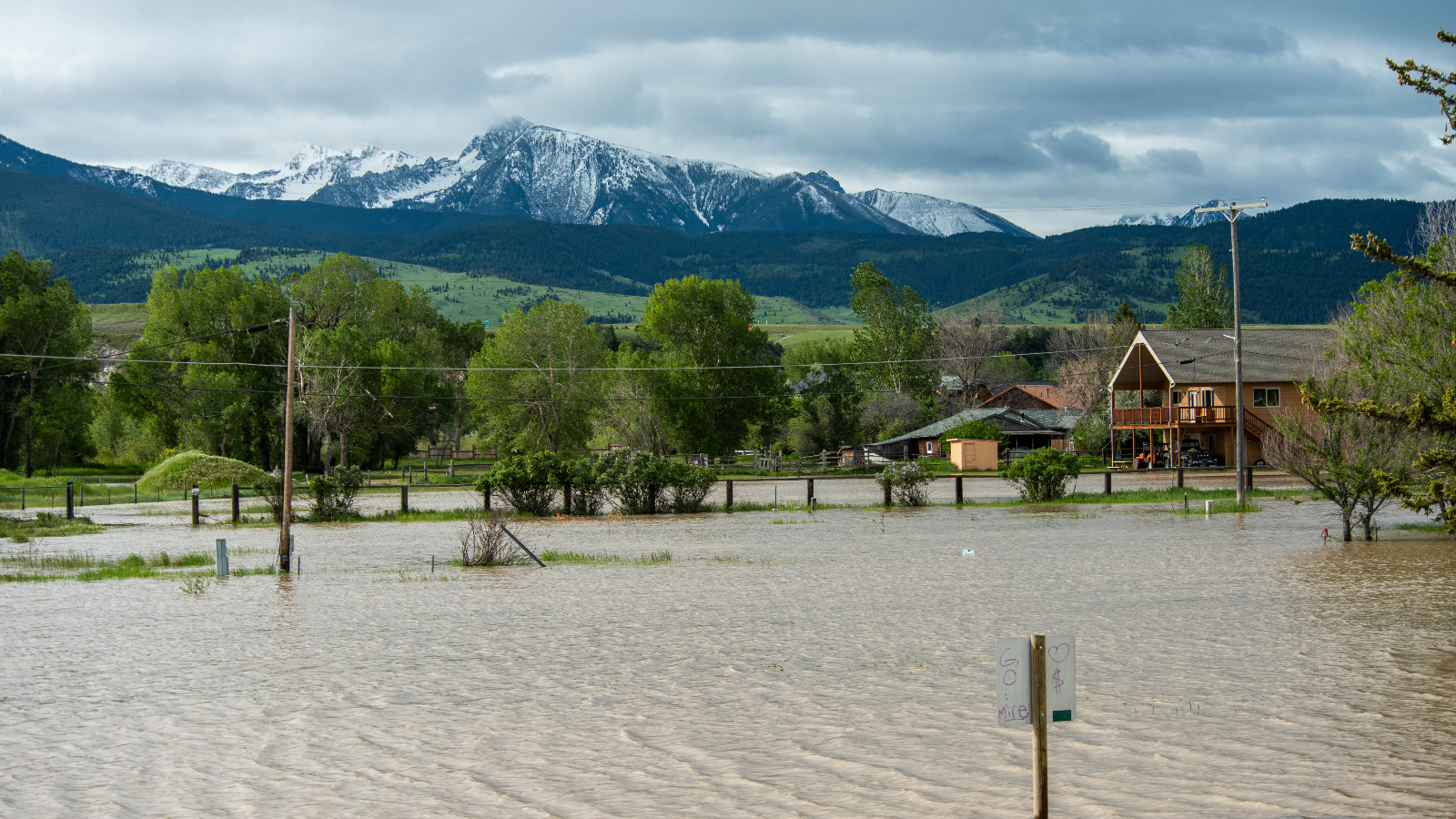A series of unprecedented floods surged through the region around Yellowstone National Park this week, cutting off several small communities in Montana and Wyoming and forcing officials to close the country’s oldest and most iconic national park. As rescue workers began to survey the damage, several people were marooned in the park and in mountain towns where the roads were blocked, waiting for emergency supplies to arrive.
The flooding began over the weekend as a low-pressure system rolled across the Rocky Mountains and dropped between two and three inches of rain on the area around the park. The rain by itself was not extraordinary, but it arrived at a dangerous time, said Dan Borsum, a senior forecaster at the National Weather Service office in Billings, Montana. The storm comes on the heels of a late-season snowfall from Memorial Day weekend, and the snow from that event had just started to melt amid high temperatures. The combination of rain and snowmelt pushed waterways in the region to record highs.
“Two inches of snowmelt came out, along with three inches of rainfall, so it’s like five to six inches of rain occurred over the mountains — and that was in a 36-hour period,” Borsum told Grist. The park typically experiences around 20 inches of rain per year.
This additional water pushed the Yellowstone River and several of its branches to overwhelm their banks, triggering floods and mudslides across the national park and in the communities that surround it. Borsum said that the water levels at one flood gauge were a full foot-and-a-half higher than the largest flood in recorded history, in 1918. The river rose by six feet over the course of 24 hours.
Although the rainstorm that caused the flood was not unprecedented, studies have shown that climate change tends to produce larger and more intense rain events, leading to flash floods like the kind Montana and Wyoming are experiencing right now. A study released last year by Montana State University and the U.S. Geological Survey found that climate change would bring more annual precipitation to the greater Yellowstone area, as well as more runoff from melting snowpack.
The flooding along the river has already destroyed critical infrastructure in several places, overwashing roads and knocking out bridges. One video shows the flood ripping a two-story building from its moorings and carrying it off into the river, an eerie echo of the home that collapsed in North Carolina’s Outer Banks earlier this year. Another video showed a torrent of water wrenching apart a metal bridge; a park visitor in the background says, “that was our way home.”
Borsum said the biggest worry right now was that flood waters had turned many small communities into islands, washing over the only entry and exit roads. That was the case on Tuesday in the town of Gardiner, a well-known “gateway” community to the park, where water had destroyed roads to the north and the south. Helicopter footage showed that the river had caused a road near the town to crumble in at least five different places.
Elsewhere in the region, floodwaters had threatened local water supplies, either by contaminating groundwater wells or breaching water treatment plants. In the town of Red Lodge, where waters rushed through main streets earlier in the week, city officials shut down the local water main after it broke during the flood. A local sheriff’s department advised residents of multiple other towns not to drink water from wells.
Officials evacuated thousands of people from the park ahead of the flooding, but as of Tuesday the Montana National Guard and other agencies were still trying to retrieve remaining campers and rush supplies to people in nearby towns. The state Guard said it had dispatched two helicopters to ferry out 12 marooned park visitors. As for the national park itself, officials there said it might take days or weeks to repair the damage and reopen at full capacity, and one local commissioner told the Associated Press that the floods might have altered the course of certain rivers forever.
The destruction in Yellowstone is one more sign that the West is in for a rough summer. Just 100 miles away from the park, on the other side of the continental divide, the land is baked in extreme drought. Furthermore, Borsum noted that the floods happened on the one-year anniversary of a brutal heat wave that broke multiple temperature records, bringing the mercury in Billings to 108 degrees Fahrenheit.




